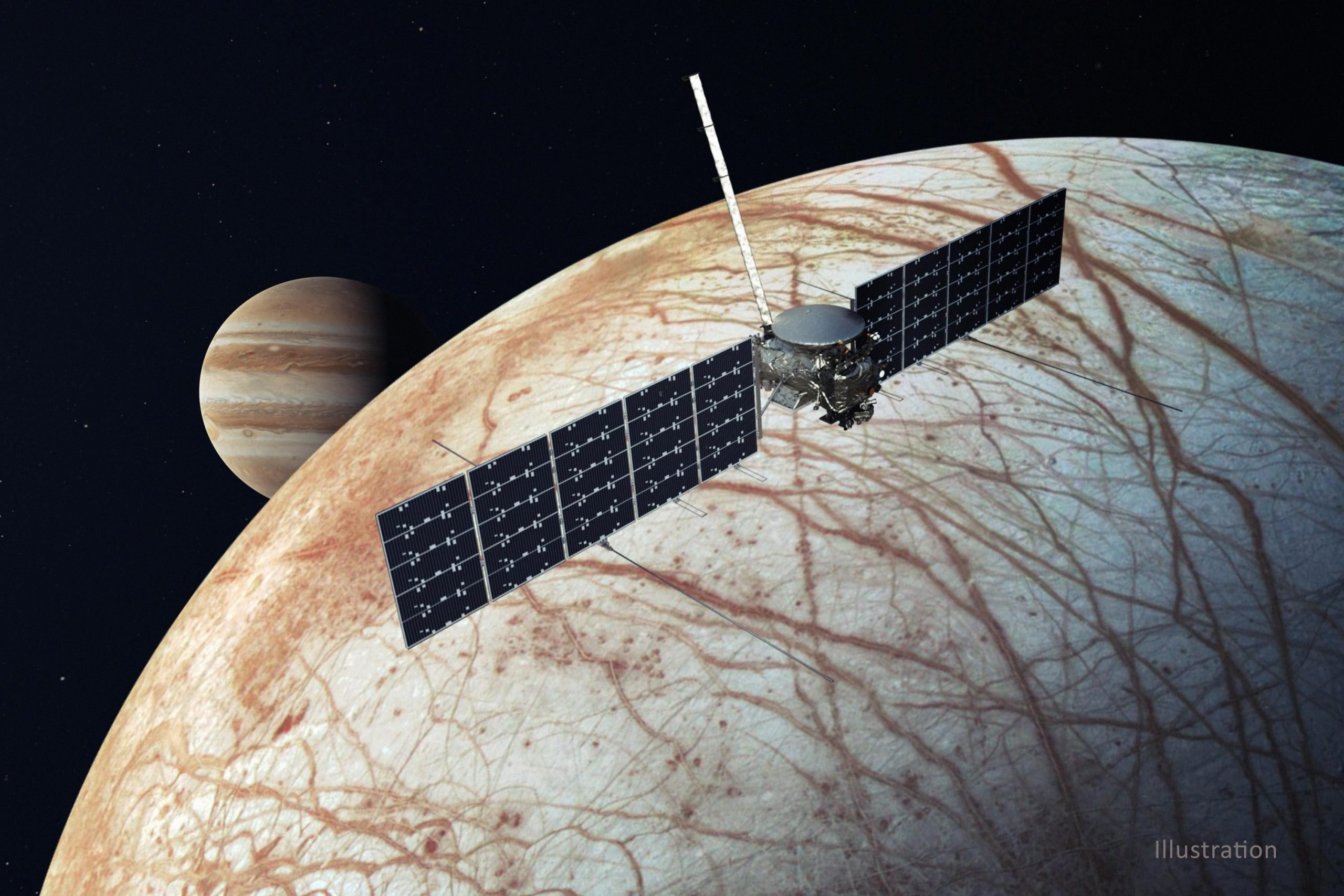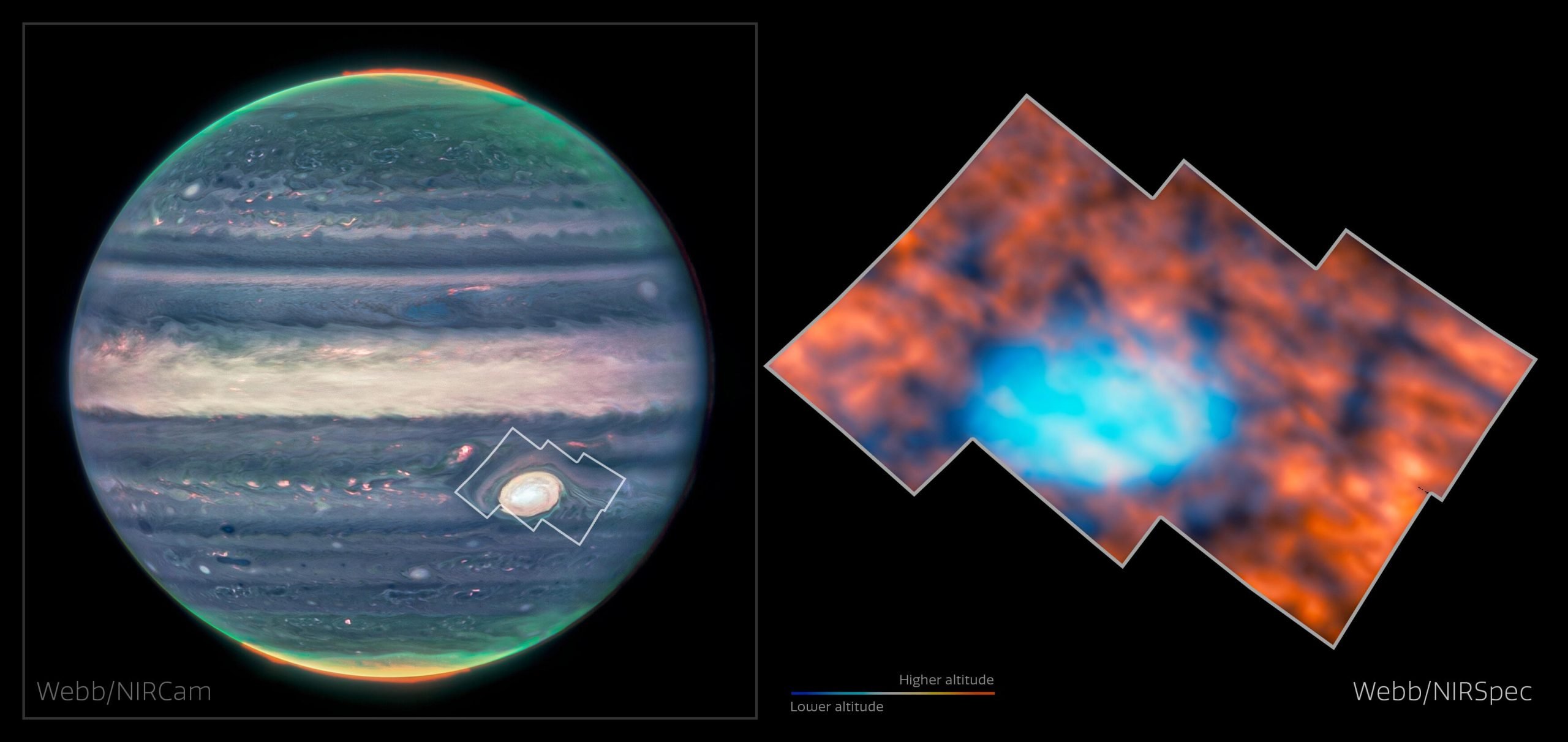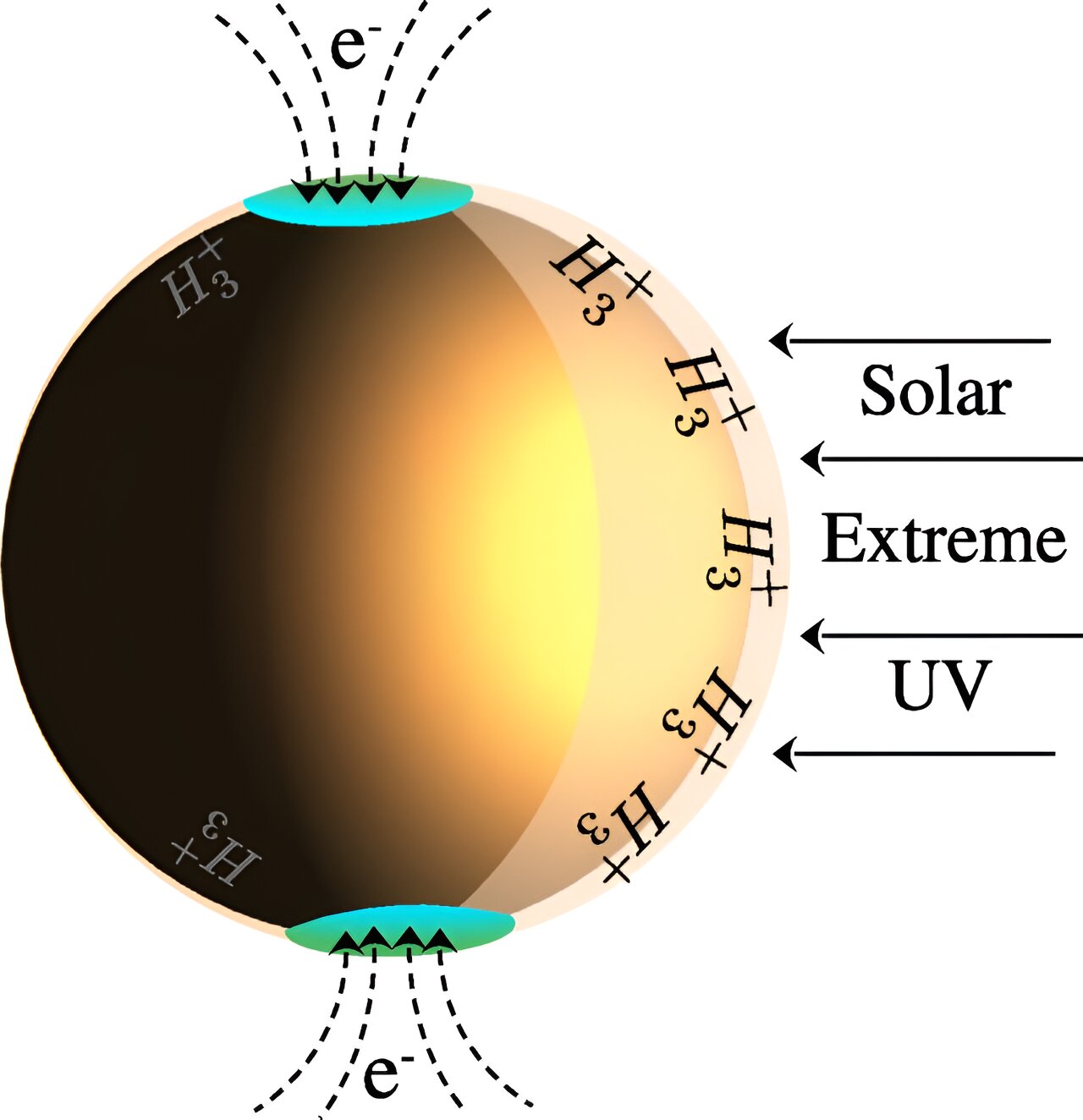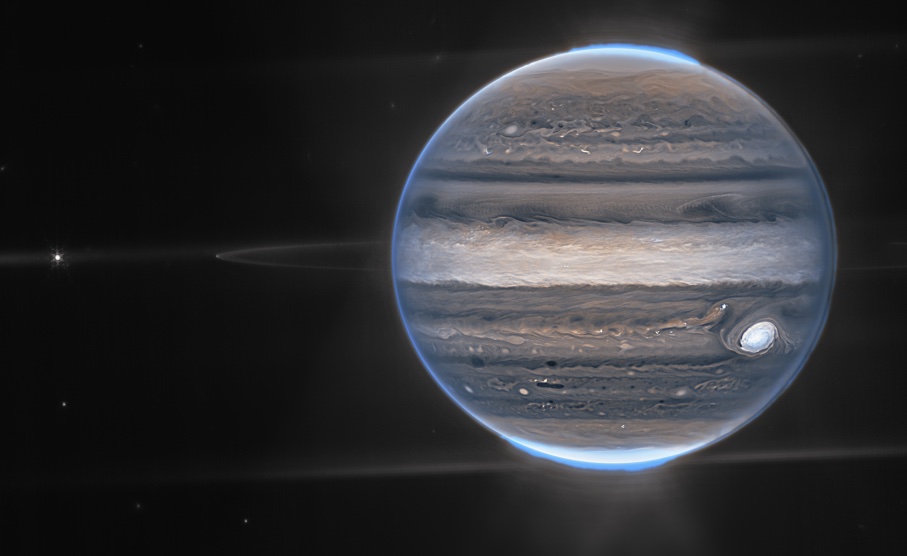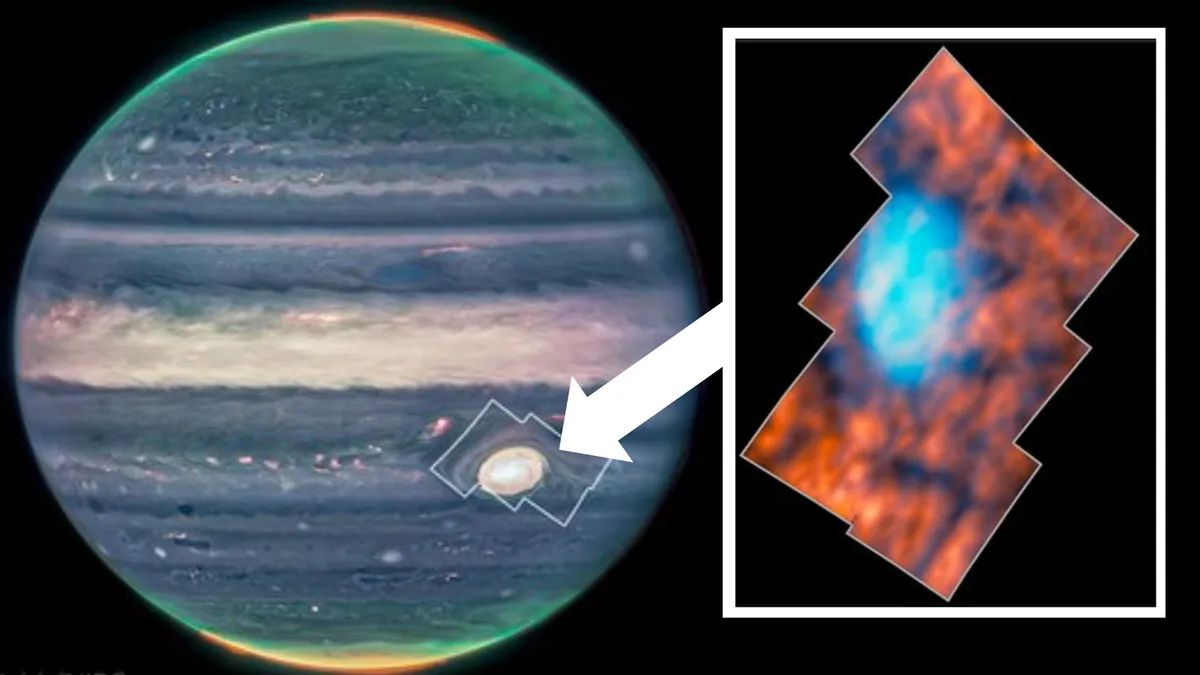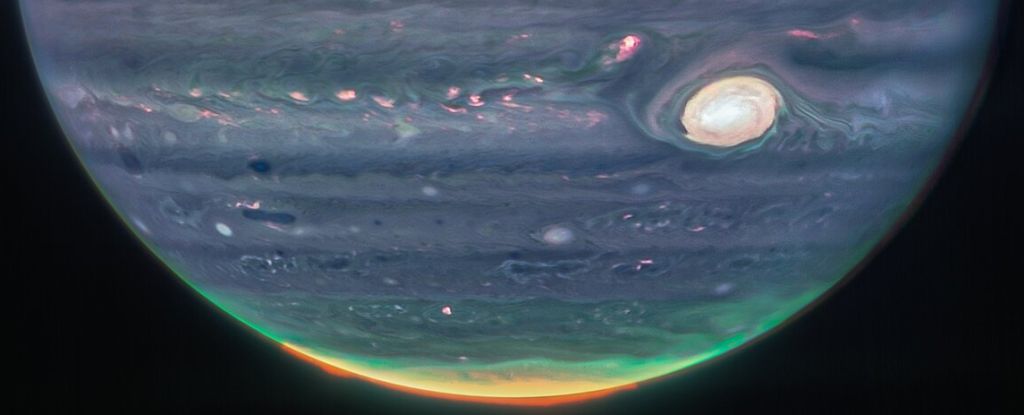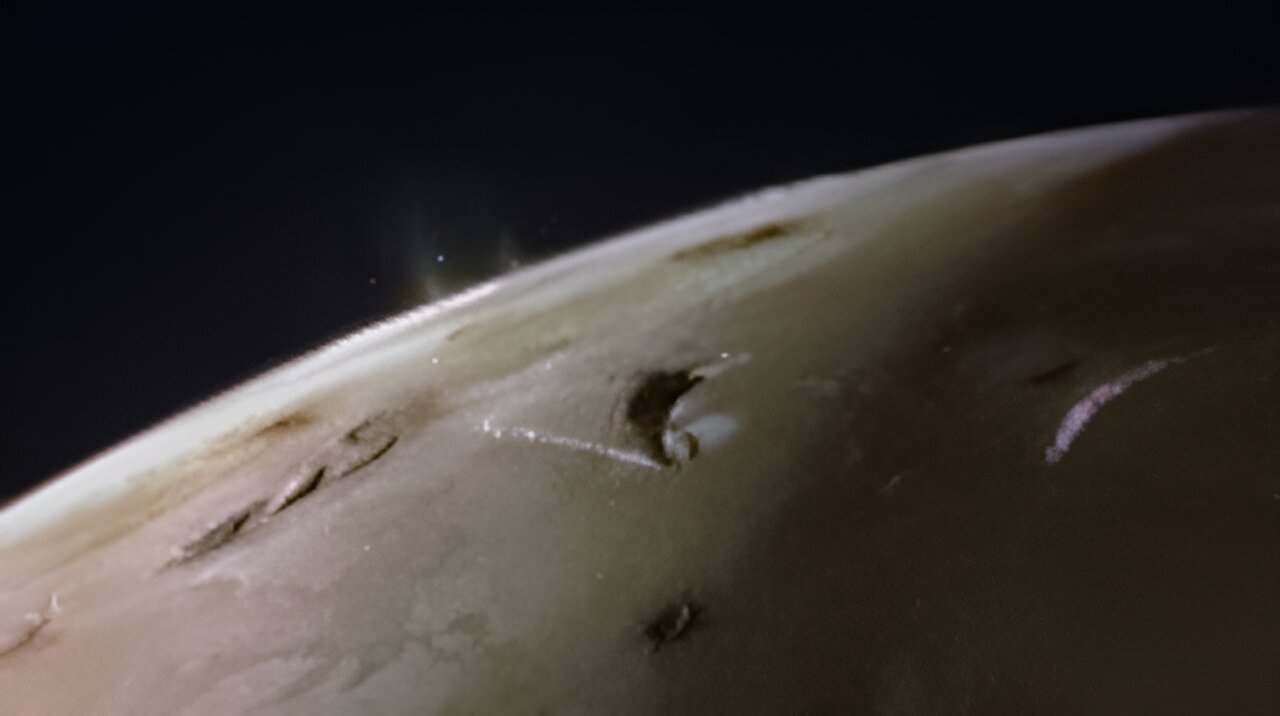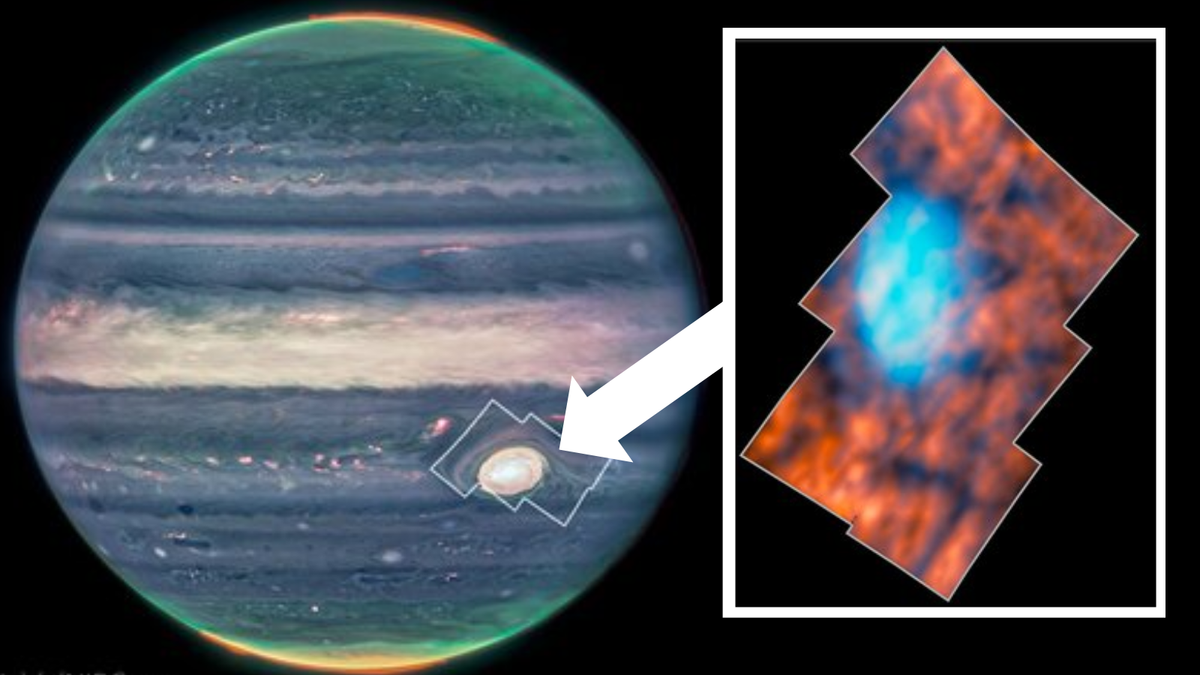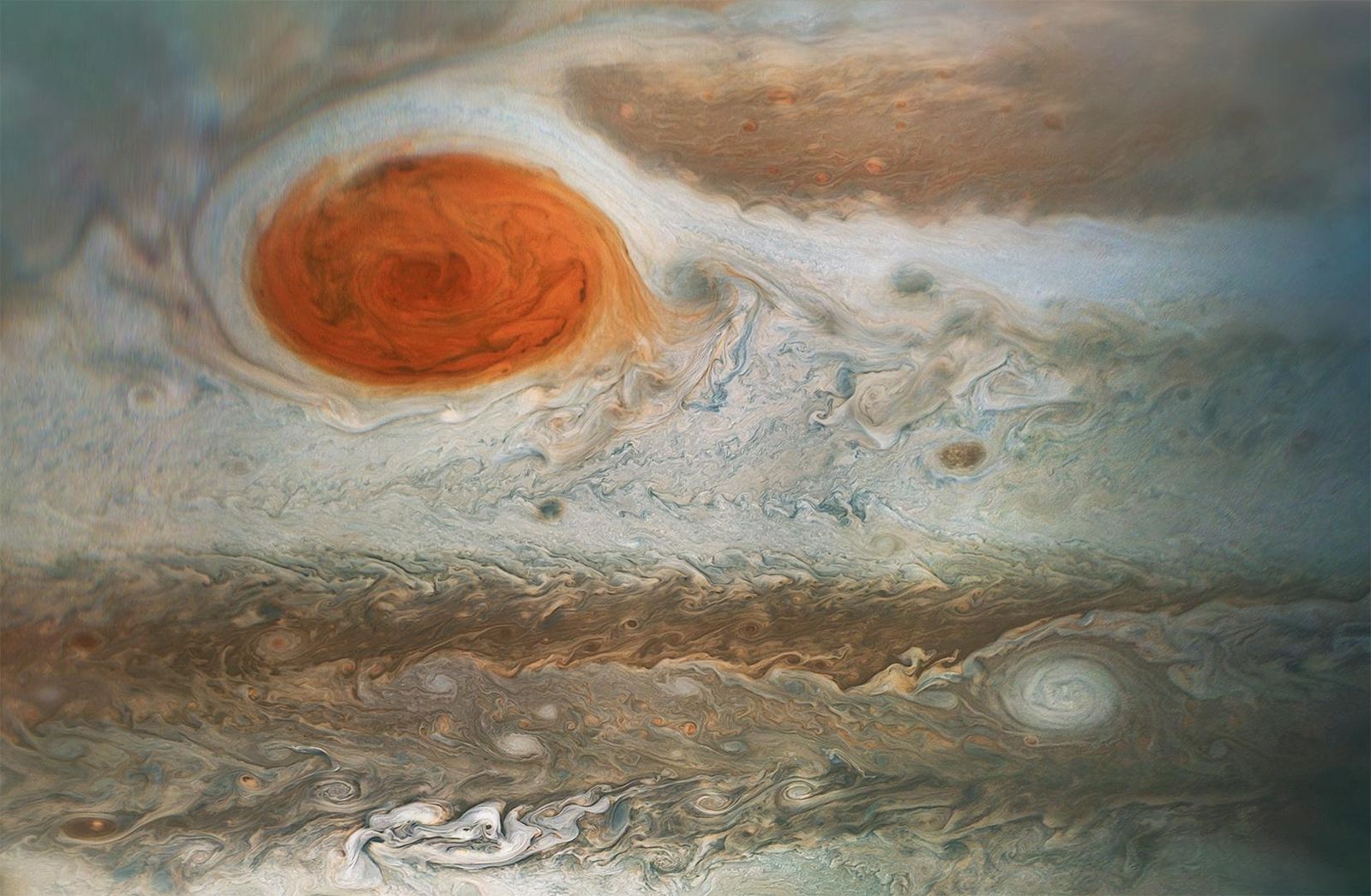$5 Billion at Stake: Will NASA’s Europa Clipper Survive Jupiter’s Extreme Radiation?
NASA’s Europa Clipper, shown in this illustration updated in December 2020, will fly around Jupiter on an elliptical path, diving close to its moon Europa on each flyby to collect data. Credit: NASA/JPL-Caltech NASA‘S Europe The Clipper mission aims to solve problems with transistor radiation as it prepares to launch an expedition to Jupiter to … Read more
